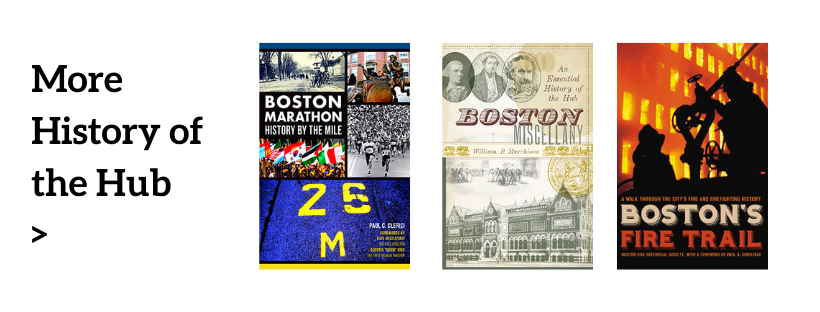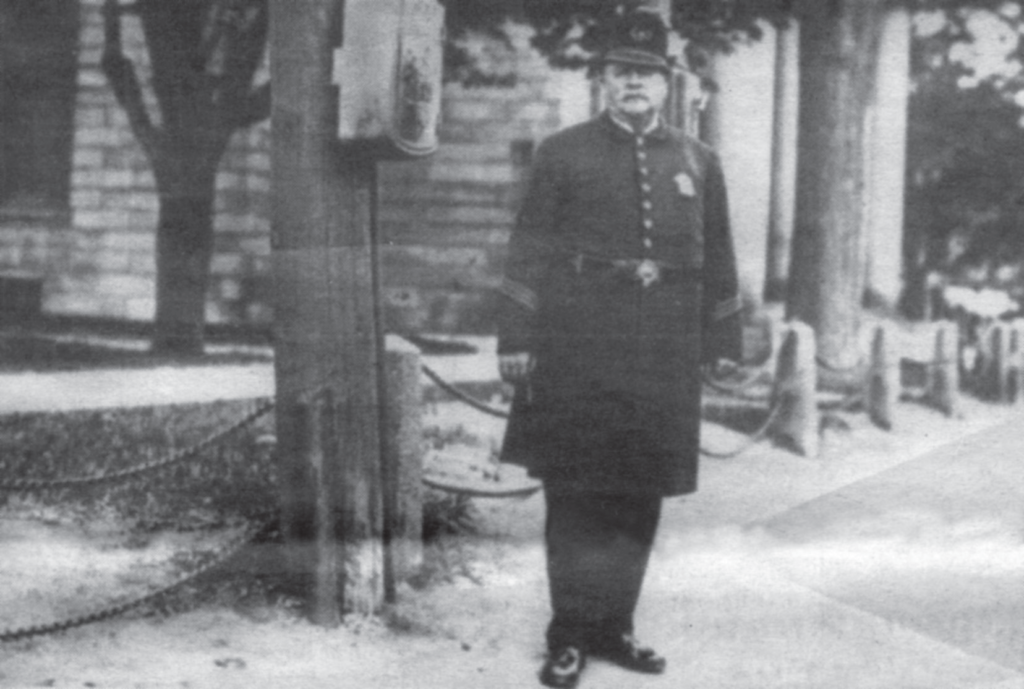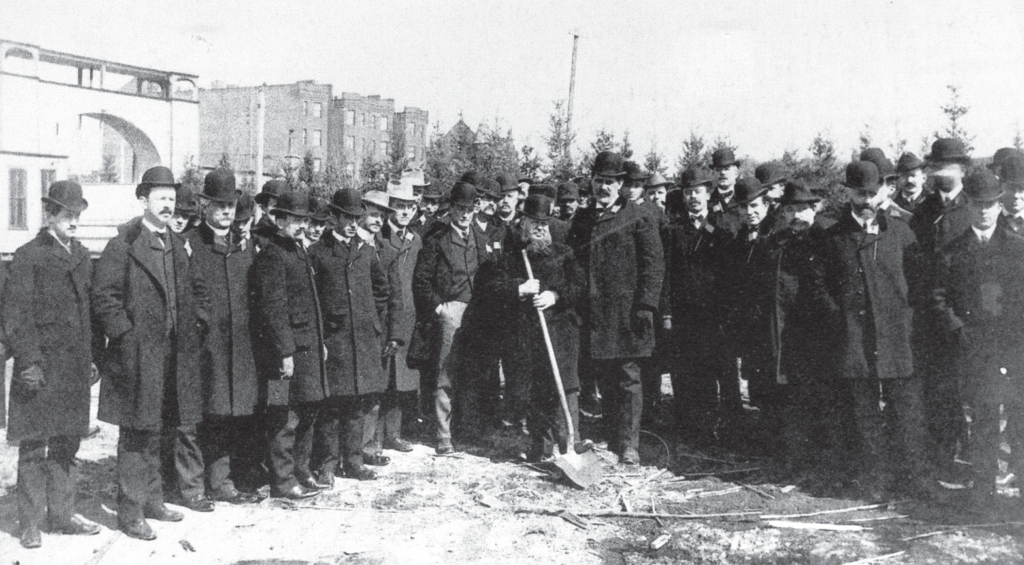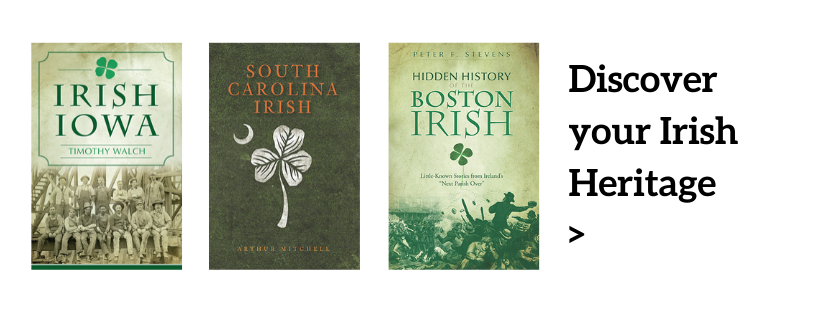Just how Irish is Boston? So Irish they named their basketball team the Celtics. To say Boston, Massachusetts is an Irish town would be a gross understatement. Immigrants from Ireland settled in the historic East Coast town in droves following Great Irish Famine of the 1840s across the Atlantic Ocean, and the city’s history is a virtual history of all Irish-Americans. Here are some of the most compelling, and unknown tales of Irish Boston.

The Irish Florence Nightingale
Sister Mary Anthony came a long way from her native Limerick to the Ursuline Female Academy of Boston. After taking her final vows in 1837, she was assigned to Cincinnati’s St. Peter’s Orphanage, working tirelessly with the city’s victimized Catholic children. By 1852, she was appointed procuratrix of Cincinnati’s St. John’s Hotel for Invalids. At the outbreak of the Civil War, Sister Anthony tended to Union troops ravaged by a measles outbreak at Camp Dennison, near Cincinnati. Her curiosity and innovation led to reforms of traditional, often harmful methods of treating wounded soldiers. Eventually, Sister Anthony devised techniques that evolved into modern triage, which would save countless lives through faster medical treatment, earning praise from President Abraham Lincoln. Later, she used her clout to compel the Catholic Church to train nuns as nurses, and winning over anti-Catholic Americans. Mary O’Connell’s transformation from poor immigrant girl to the “Irish Florence Nightingale” demonstrated that Irish immigrants can make profound contributions to American history.


Boston’s First Irish Cop
Back in 1851, the Irish were not fully assimilated into the fabric of America. In fact, many were downright hated. When the burly six-foot, two-inch Barney McGinniskin joined the police force, native Boston Brahmins and Yankees were outraged. Of the city’s population of nearly 140,000, 53,923 hailed from Ireland, but none held political office. The job of policeman offered nearly twice the wages of the laborers’ jobs, where nearly all Irish immigrant men found work. Seeing the political potential in playing to Irish voters, Mayor John Prescott Bigelow and Alderman Abel Munroe sought to encourage McGinniskin’s application. Unfortunately, the political will was not strong enough to overcome the “No Irish Need Apply” status quo, and Boston’s first Irish cop was sacked after three years on the beat. But he wasn’t the last Irish cop — Irish American’s influence on law enforcement is heard today belting from bagpipes at any police funeral.
Irishmen commit most of the city’s crime and would receive special consideration from any of their own wearing the blue.
– Alderman Abel B. Munroe

Fenway Park
Baseball has always been big in Bean Town. On April 20, 1912, some twenty-seven thousand spectators jammed the stands for the Red Sox home opener in their new ballpark. The new stadium was due, in large part, to an Irish immigrant named Charles Logue. The shrewd construction contractor had a reputation as a man who finished jobs on time. The state-of-the-art steel and concrete ballpark—one of the world’s first of its kind, was completed at a cost of $650,000 and with private funds only. Fenway Park stands today as the oldest Major League Baseball stadium, and one of Boston’s signature landmarks.


